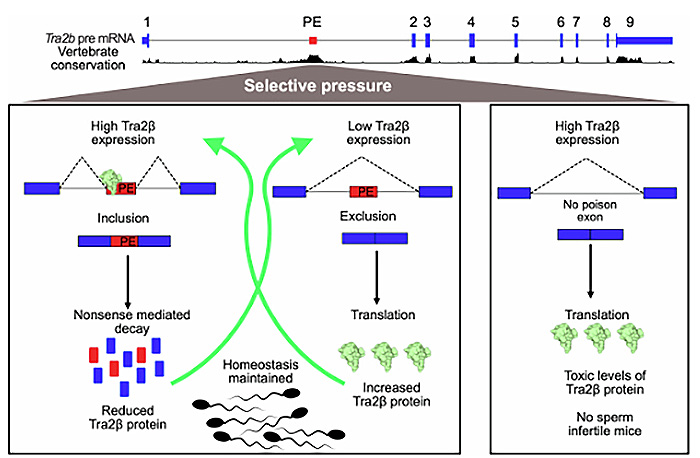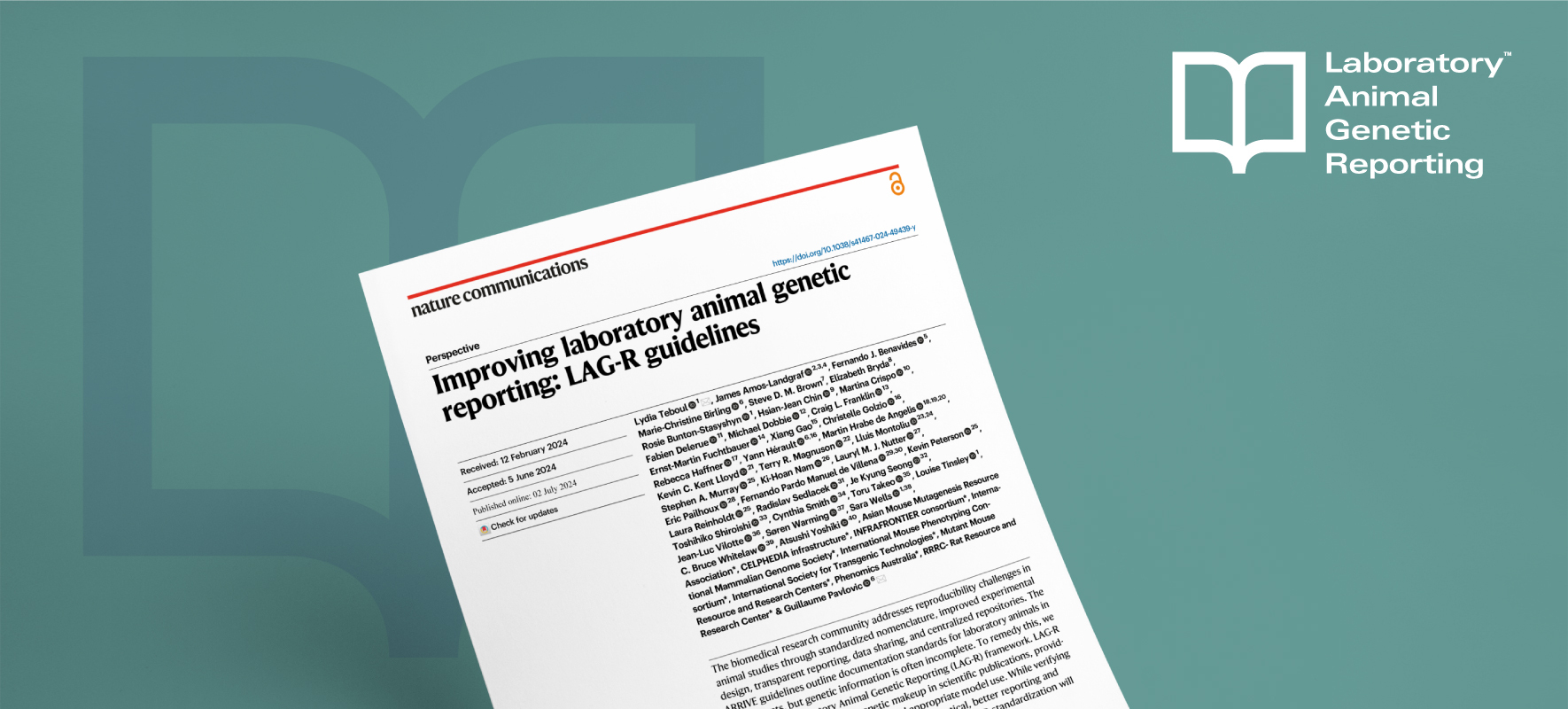In research published in Cell Reports scientists at MRC Harwell in collaboration with the Wellcome Centre for Mitochondrial Research, Newcastle University have described in the mouse a mutation in a gene encoding a protein called WARS2 that is required for correct production of mitochondrially-encoded proteins.
Mitochondria are the power houses of the cell producing energy to keep cells working. Diseases that affect the way mitochondria work can affect a number of different body systems and particularly those with high energy demands. A major challenge in understanding mitochondrial diseases is to understand the tissue-specific effects of the disease and the variation between individuals with different genetic causes. As part of a large-scale mouse genetic screen at MRC Harwell, mice were identified with a mutation in the Wars2 gene that encodes the WARS2 protein. These mice were subject to assessment across a broad range of body systems to determine the effects of the Wars2 mutation. Several key conditions that are often found co-occurring in patients with mitochondrial disease were observed in these mice, such as: progressive hearing loss; reduced body mass; and, hypertrophic cardiomyopathy where the muscle wall of the heart becomes thicker. Furthermore, the Wars2 mutation was found to not cause a complete loss of WARS2 protein function, but instead it reduces WARS2 protein function and consequently mitochondrial efficiency. Interestingly, it was found that some cells and tissues in these mice were able to compensate for the mutated Wars2 by producing more mitochondria. However, other cells and tissues did not show compensation. Understanding more about this rescue mechanism, and why it works in some cells and not in others, may be key to harnessing it for future therapeutic applications. Professor Roger Cox an author on the study said: “This is a homozygous viable model that may be of value in testing therapeutic approaches” In human studies the Wars2 gene has been associated waist-hip-ratio, a measure of fat distribution linked to human metabolic conditions such as type 2 diabetes and heart disease. This mouse will be of use in studying the mechanisms underlying changes in fat distribution and their link with disease.


